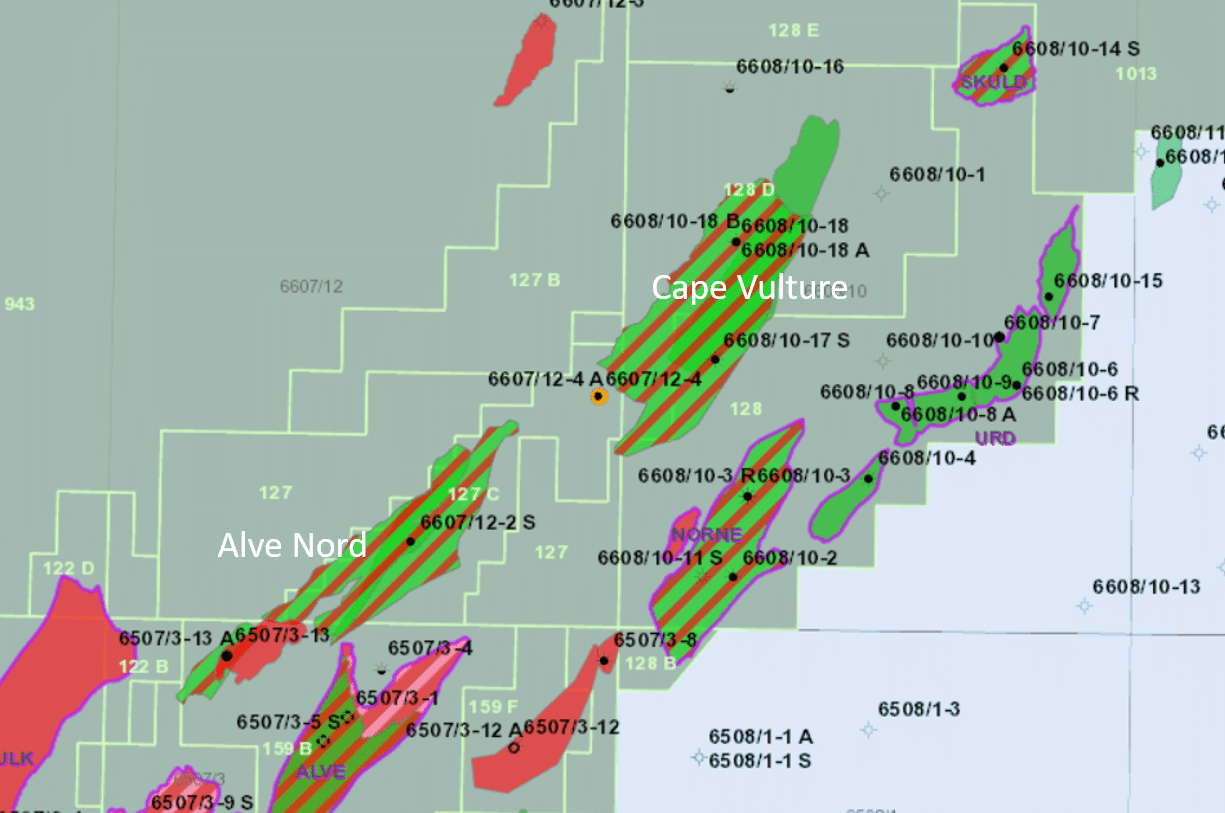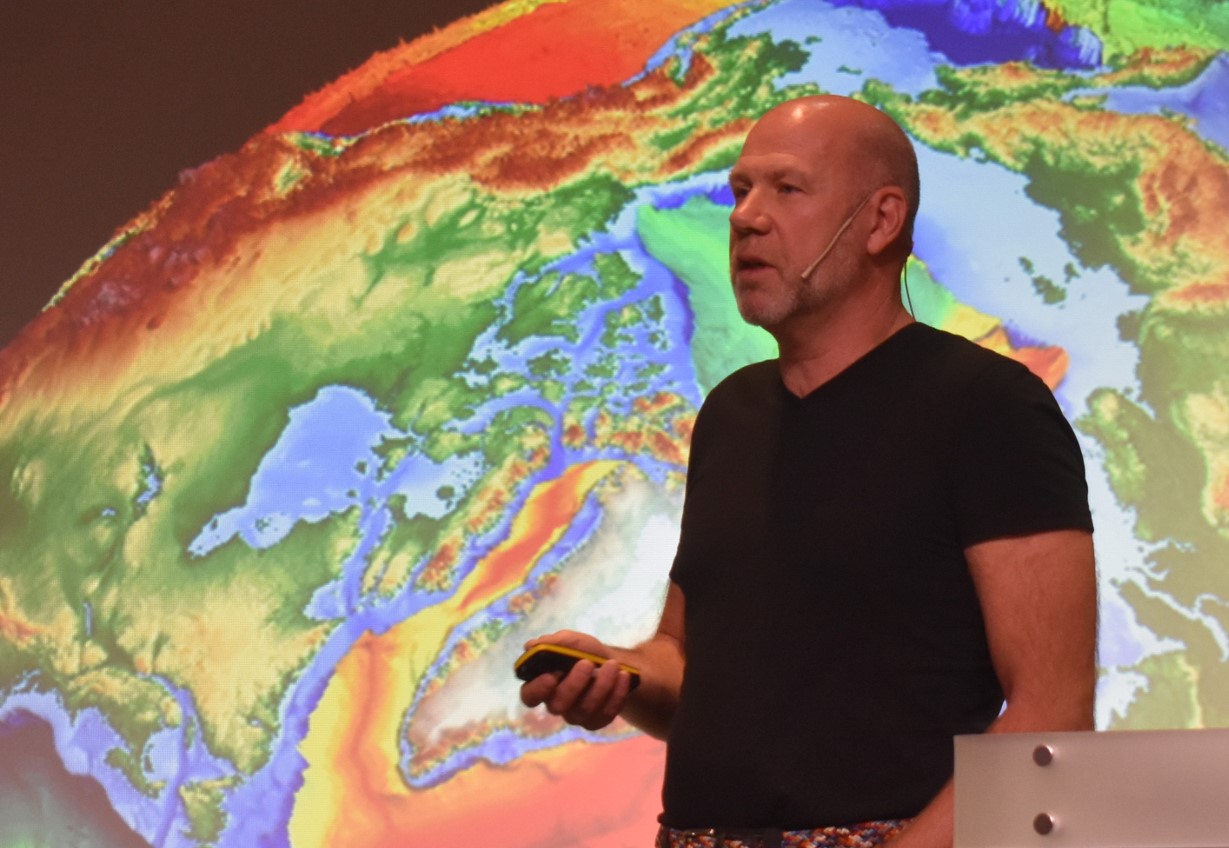According to the Norwegian Environment Agency, the well (6607/12-4) aims to test the reservoir and hydrocarbon potential of the Middle and Lower Jurassic Garne, Ile, Tofte and Åre formations. These formations were found to be hydrocarbon bearing in the nearby Alve Nord discovery to the southwest.
Well 6607/12-2S, the discovery well of Alve Nord, proved the primary reservoir targets of the Garne, Tofte and Tilje formations to contain oil and gas but reservoir quality turned out to be poorer than expected. However, in contrast to expectations the Åre Formation was hydrocarbon bearing, with gas in the upper section and condensate/light oil in deeper sections. In addition, the well also proved hydrocarbons in Lower Cretaceous Lange Formation sandstones. In total, the Alve Nord discovery is estimated to contain 43 MMboe of recoverable resources.
The well currently being drilled is located very close to the Cape Vulture discovery that was made in 2017 through completing well 6608/10-17S. However, that well reached total depth in the Lower Cretaceous after confirming oil and gas in the Lange Formation, so it did not test the Middle and Lower Jurassic reservoirs. The Cape Vulture discovery is estimated to contain 36.8 MMboe of recoverable resources.
HENK KOMBRINK






